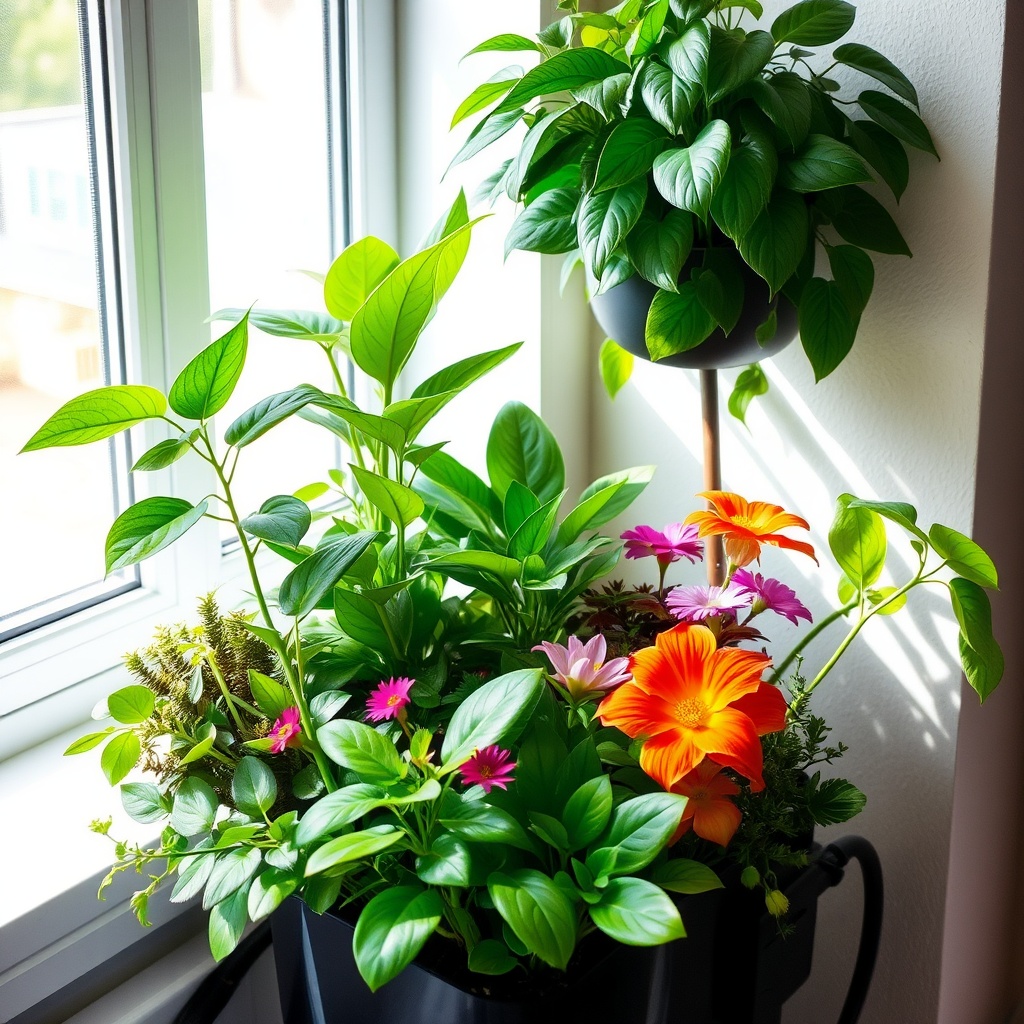In the fast-paced world of urban living, many aspiring gardeners find themselves grappling with the complexities of maintaining a thriving hydroponic system. The balance of nutrients, pH levels, and water quality can easily become overwhelming. Automated nutrient dosing systems are emerging as game-changers, enabling hobbyists and serious growers alike to streamline their hydroponic setups, ensuring optimal plant health without the constant manual oversight.
Simplifying Nutrient Management
One of the biggest challenges in hydroponics is managing the nutrient solution correctly. Incorrect dosages can lead to nutrient burn or deficiencies, both of which can severely hinder plant growth. Automated nutrient dosing systems take the guesswork out of the equation by delivering precise amounts of nutrients based on real-time data. This not only saves time but also enhances the overall health of your plants.
Comparative Advantages of Automated Systems
Investing in an automated nutrient dosing system can feel daunting, especially with the myriad of options available. Here’s a breakdown of the advantages of using these systems over traditional manual dosing:
- Consistency: Automated systems dispense nutrients consistently, ensuring that plants receive the right amounts at the right times.
- Reduced Labor: By automating nutrient delivery, growers can spend less time managing their systems and more time enjoying their gardens.
- Improved Plant Health: Consistent nutrient levels lead to healthier plants, reducing the risk of diseases and promoting faster growth.
- Data Tracking: Many automated systems come with monitoring capabilities, allowing growers to track nutrient levels and make informed adjustments as needed.
Making the Switch: What to Consider
If you’re contemplating upgrading to an automated nutrient dosing system, several factors should guide your decision:
- System Compatibility: Ensure that the dosing system is compatible with your existing hydroponic setup.
- Ease of Use: Look for systems that offer user-friendly interfaces and straightforward installation processes.
- Budget: Prices can vary significantly, so evaluate your budget and consider long-term savings on labor and improved yield.
- Support and Community: Opt for brands that provide robust customer support and an active user community for troubleshooting and advice.




